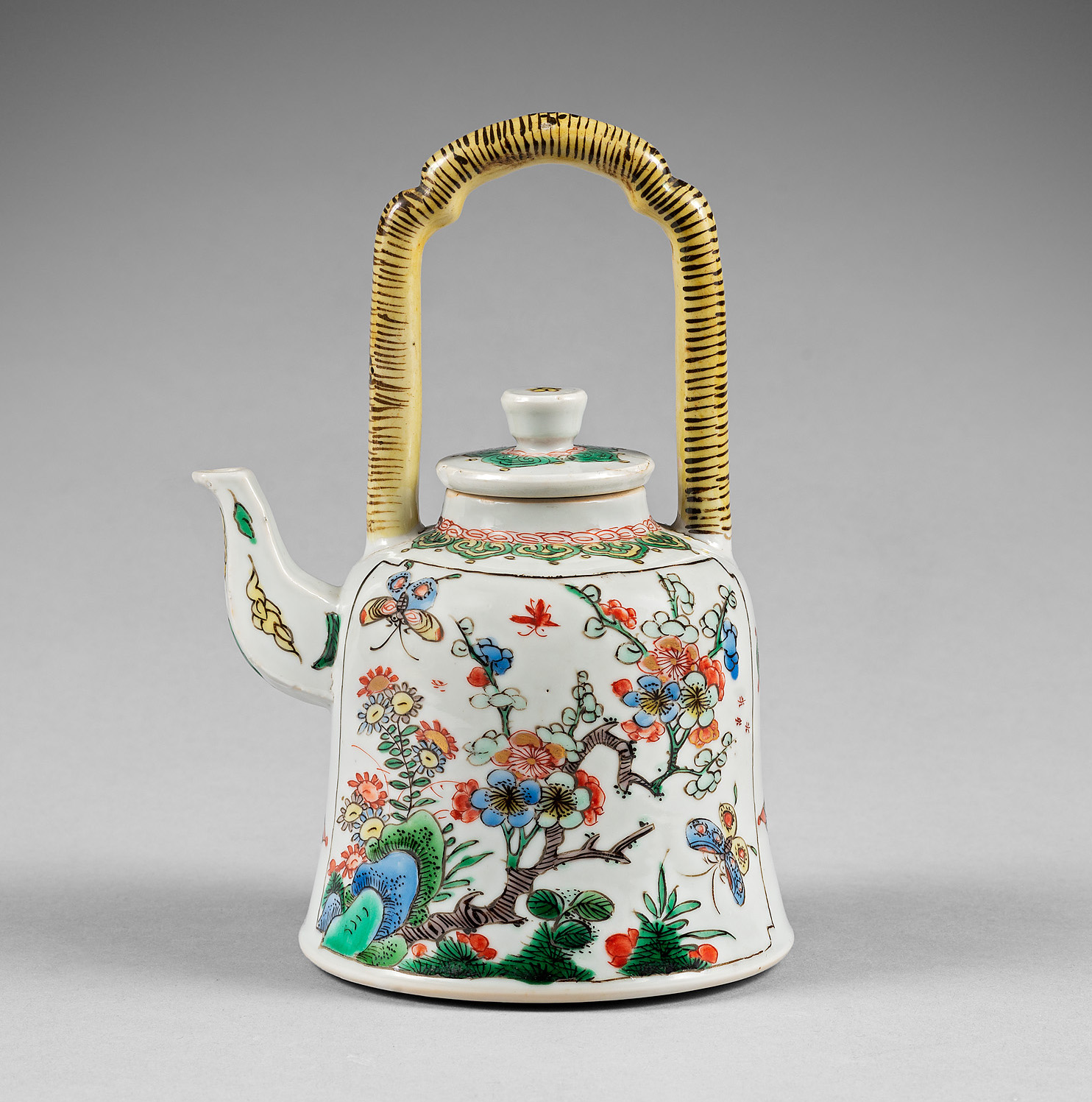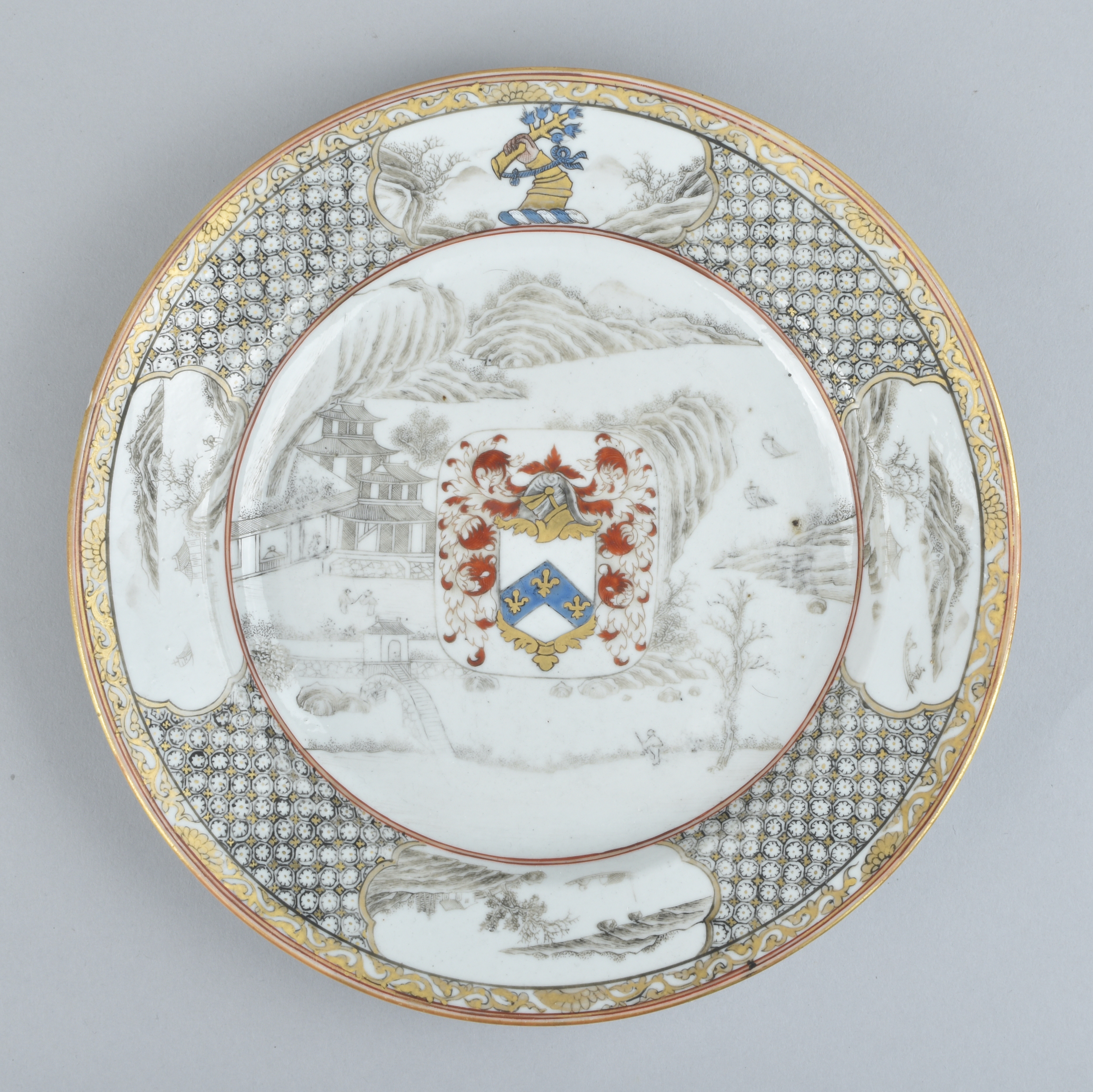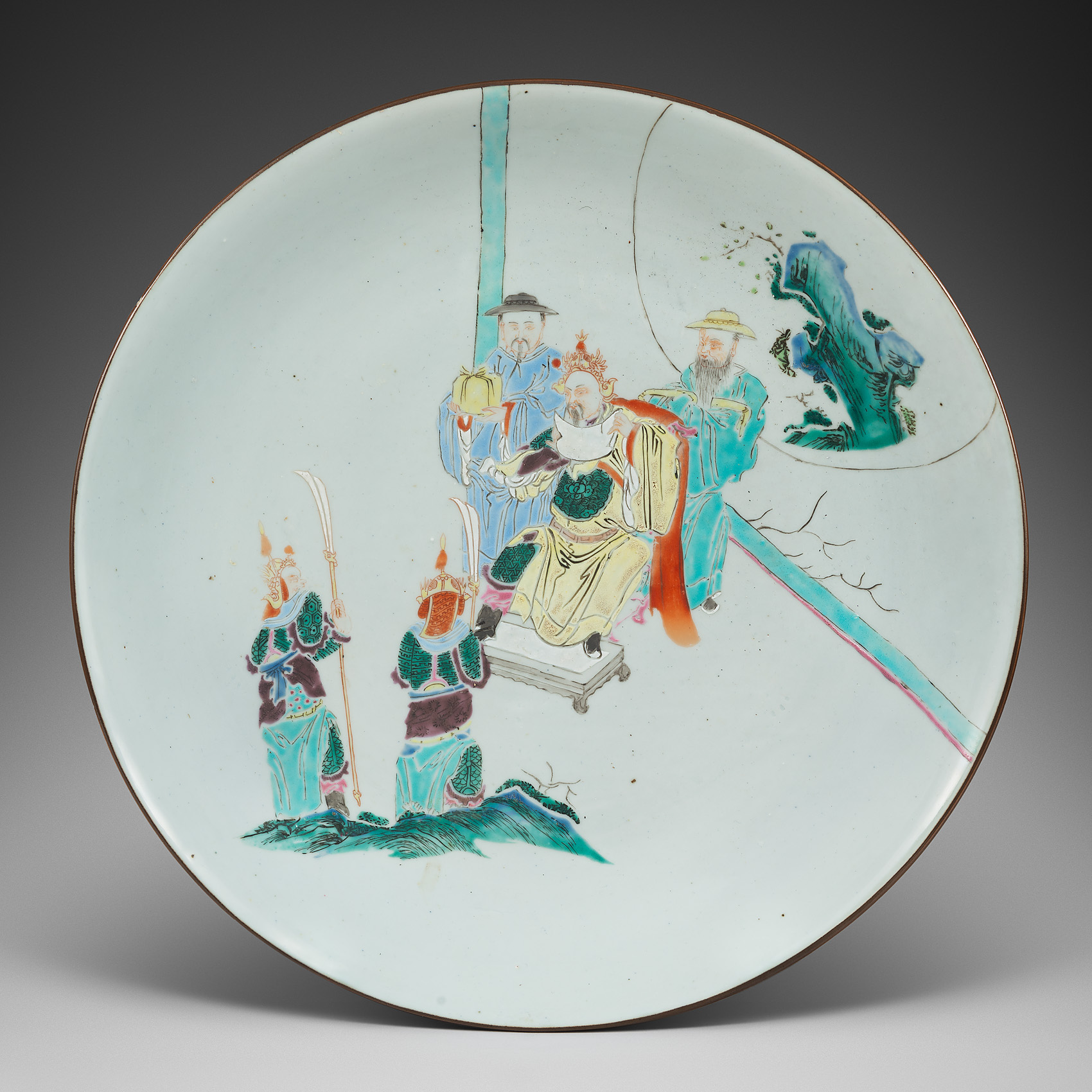

A sancai-glazed figure of a crouching tiger. Kangxi
This crouching tiger is decorated all over in Egg and Spinach splashed enamels, imitating ‘Tiger skin pattern’ glaze (hu pi ban).
- Country:
- Kangxi period (1662-1722)
- Period :
- Kangxi (166-1722)
- Material:
- Porcelain
- Dimension:
- 8 cm x 13 cm
- Reference :
- D453
- Status:
- sold
Related works
For an identical crouching tiger, see Sotheby’s London, 7 may 1925, lot 250.
Another tiger was published by Eldino Fonseca Brancante in O BRASIL E A CERÂMICA ANTIGA, Sao Paulo, 1981, p. 390.
Notice
This pattern was in fact inspired by earlier lead glazes first created by Northern Chinese potters in the 6th century; Sancai, which reached its zenith during the Tang dynasty. In Daoism symbolism, tigers represent yin and the dragon is yang, the two forces combining to control the qi or energy of all things. The tiger represents the West and the dragon the East.
The tiger is also a symbol of the military on account of its strength and ferocity and in Chinese art, the tiger is often shown being hunted. He is the king of beasts and rules for a thousand years, turning white after five hundred. In fact, the original Chinese term for “amber” was “soul of the Tiger”. Yang Xiang, one of the twenty-four Paragons of Filial Piety, threw himself in front of a tiger that was ready to pounce on his father. Yang was consumed instead. In the Kangxi period (1662-1722), it was believed that if you were killed by a tiger then your soul was enslaved to the beast unless an unfortunate substitute could be found. Many fanciful stories were written about them: in the Tang period Duan Chengzi (d. 863) described the ability of certain tigers to force a corpse to rise to its feet and undress itself before being consumed. In Chinese art Duan is sometimes depicted leaning against a tiger, half asleep.

























